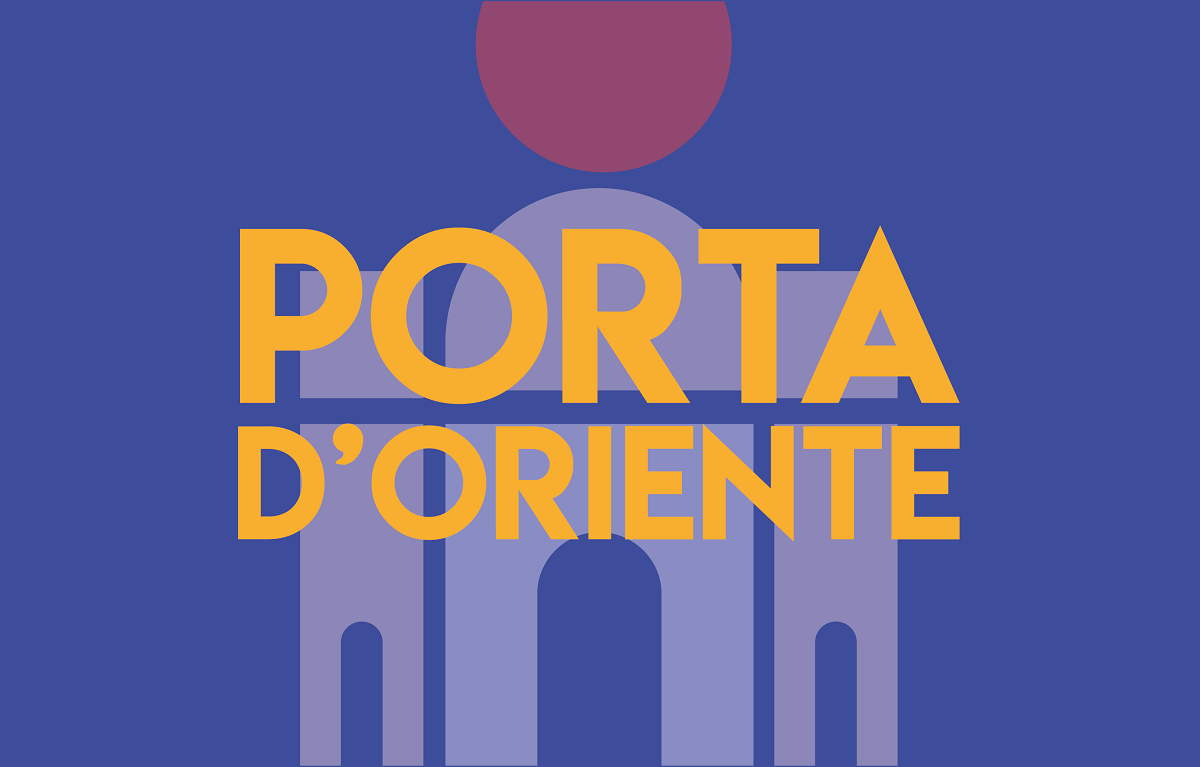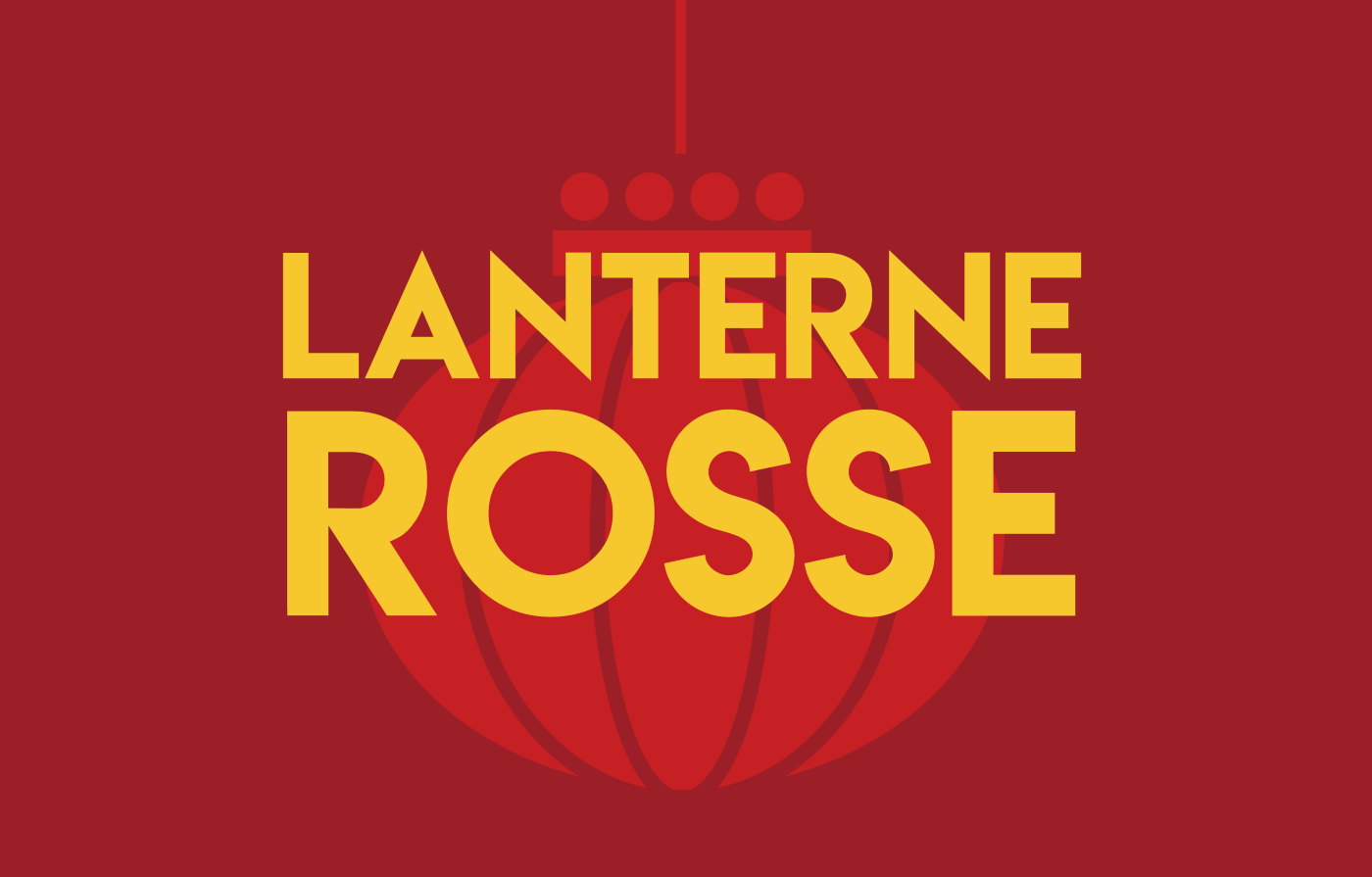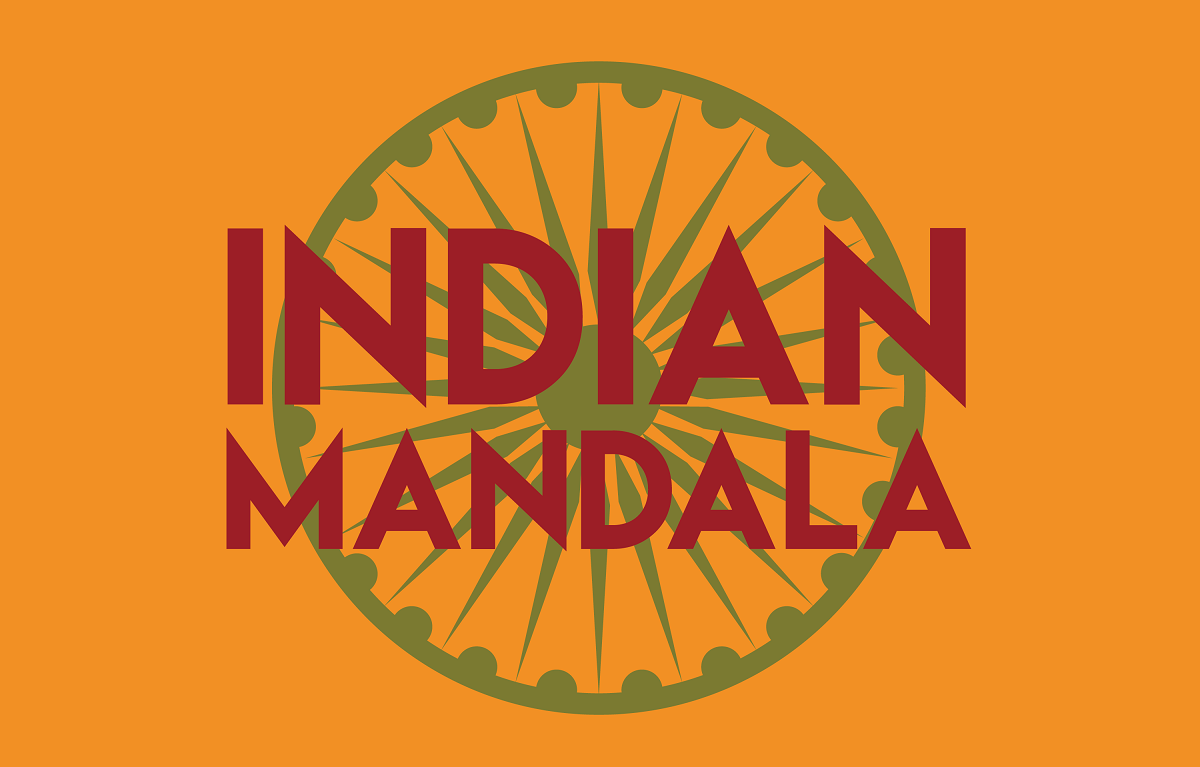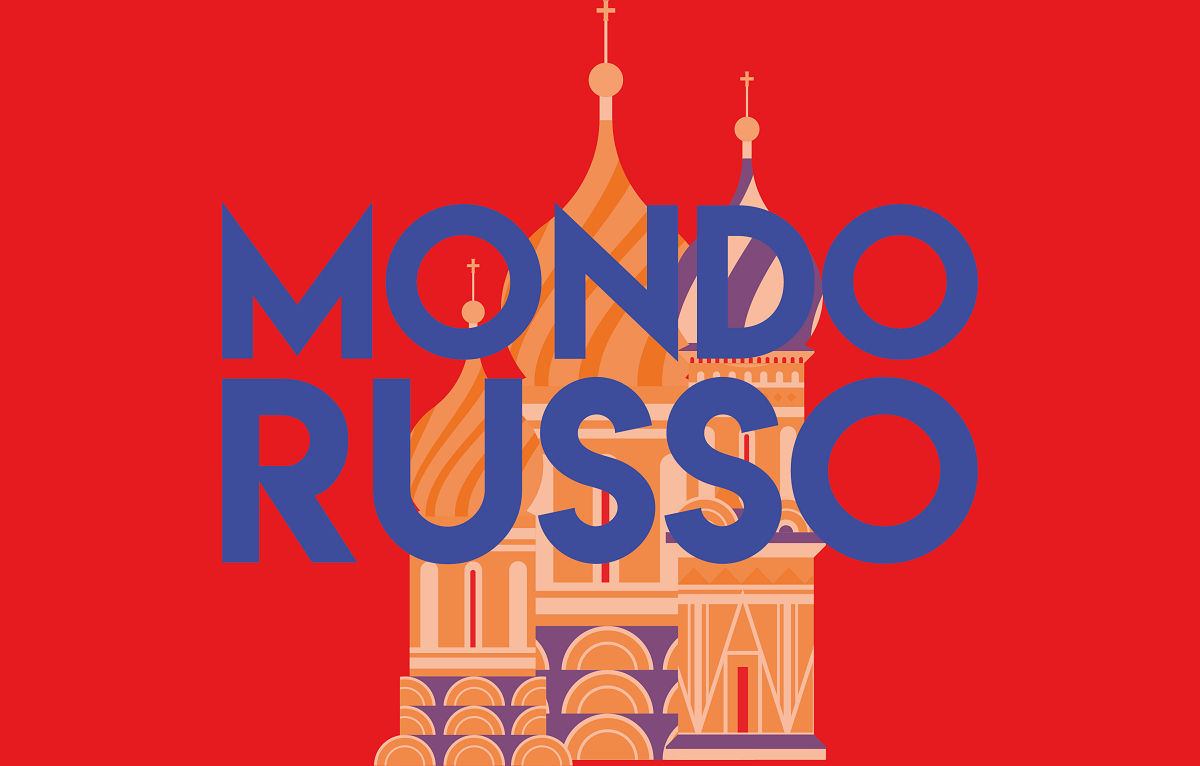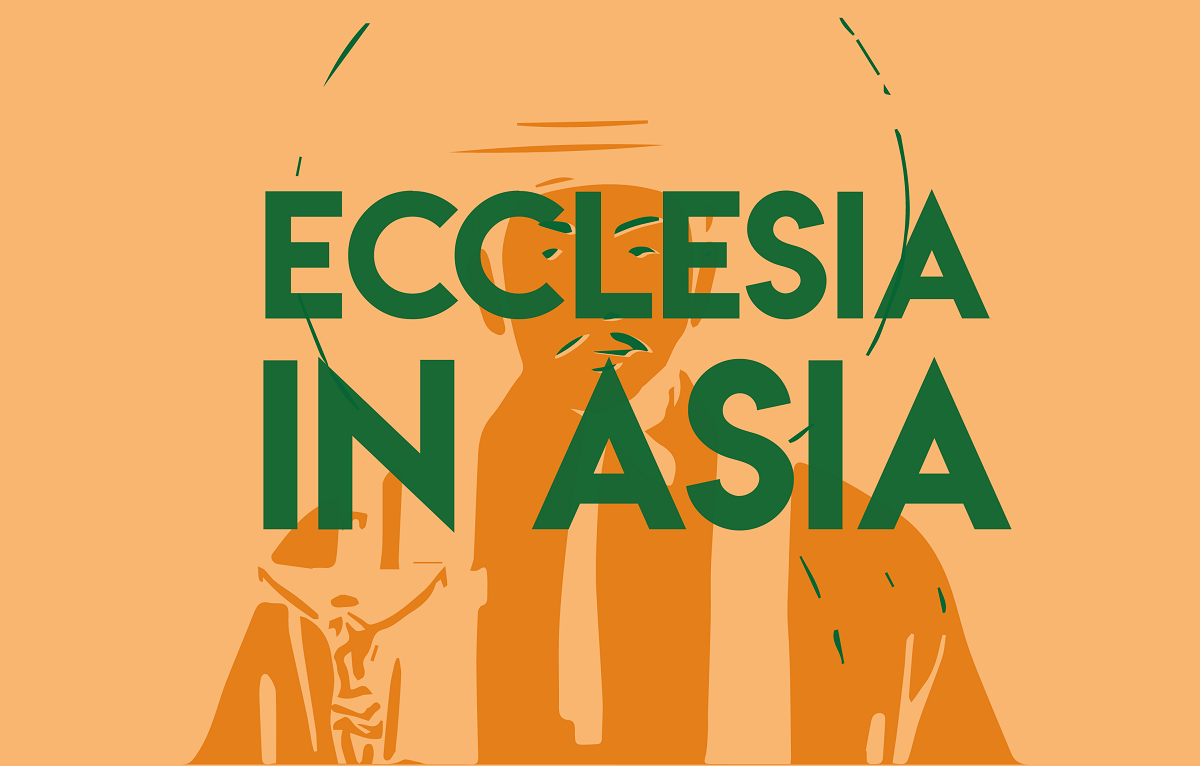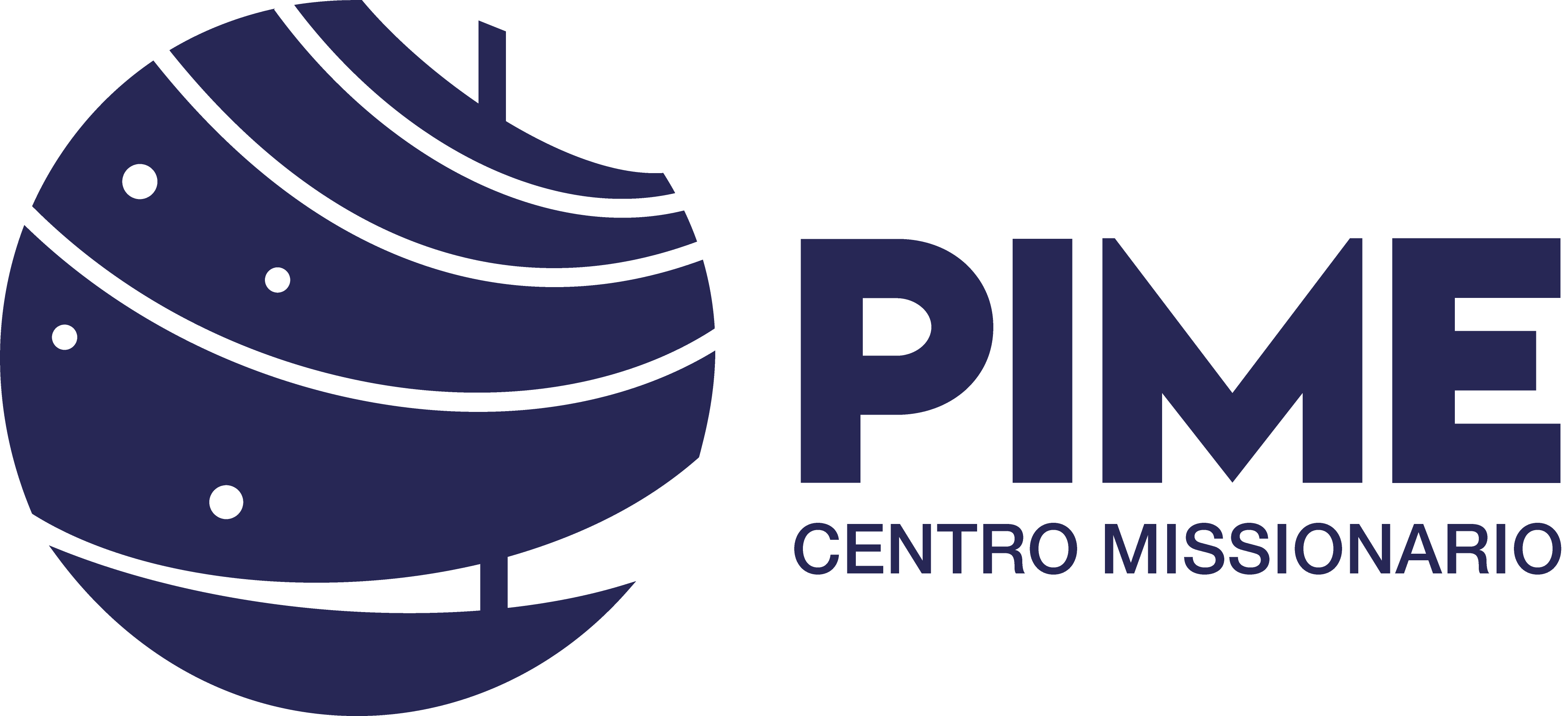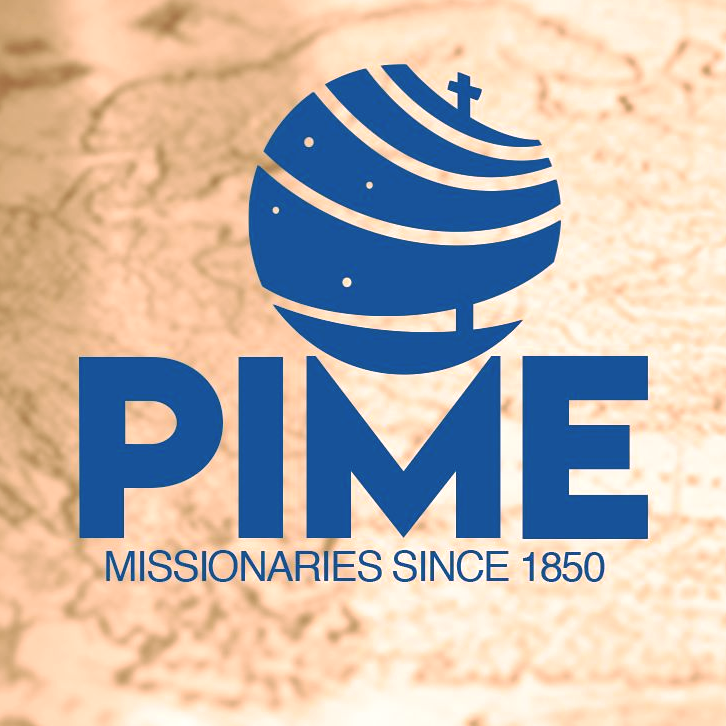Symbolic places of Khmer Rouge genocide become UNESCO World Heritage Sites
For Prime Minister Hun Manet, it is a ‘significant gift’ from Cambodia to the world and a symbol of ‘memory, reconciliation and justice’. The sites include the M-13 prison, the Tuol Sleng Genocide Museum (S-21) and the Choeung Ek Genocide Centre. The decision was taken during the 47th session of the Committee in Paris.
Milan (AsiaNews) - A ‘significant gift’ from Cambodia to the world, a powerful symbol of ‘memory, reconciliation, justice, education, peace-building and protection’. This is how Prime Minister Hun Manet welcomed the inscription on the UNESCO World Heritage List of the ‘Cambodian Memorial Sites: From Centres of Atrocities to Places of Peace and Reconciliation’, a symbol of the genocide perpetrated by the Khmer Rouge led by Pol Pot in the 1970s.
The head of the Phnom Penh government made his statement after the official announcement yesterday at the 47th session of the World Heritage Committee in Paris, France.
‘These sites [which include the M-13 prison, the Tuol Sleng Genocide Museum (S-21) and the Choeung Ek Genocide Centre, ed] offer humanity an example of how a nation can rise from tragedy,’ Manet added. ‘Not by forgetting, but by remembering,’ he concluded, ‘and transforming these memories into a force for peace.’
The 47th session of the UNESCO World Heritage Committee is currently underway in the French capital. Coinciding with the 50th anniversary of the rise of the Khmer Rouge, three sites symbolising the Cambodian genocide are among the candidates.
They represent the different phases of the repressive system that exterminated a quarter of the population and are among the few places recognised by UNESCO as direct evidence of genocide.
The official name, agreed with King Norodom Sihamoni, is: “Cambodian Memorial Sites: From Centres of Repression to Places of Peace and Reflection”.
The three sites document the crimes against humanity perpetrated by the Khmer Rouge and correspond to three distinct moments in the systematic process of eliminating dissent initiated by the Pol Pot regime.
M-13, located in Kampong Speu province about 50 km from the capital, was one of the most important prisons of the early Khmer Rouge. Here, from 1971 to 1975, Kaing Guek Ea, known as Comrade Duch (his nom de guerre), head of the internal police, experimented with the first methods of interrogation and torture, even before the regime took full power over the country. In 1975, the activities of M-13 were moved to the S-21 prison, and Duch became its head.
Located in the heart of Phnom Penh, it was the main detention centre until 1979. According to current estimates, 18,063 men, women and children were imprisoned, interrogated and tortured in S-21.
The prisoners were then taken to the third site, Choeung Ek, to be executed. A former Chinese cemetery about 10 km from the capital, it was chosen because it was far from prying eyes.
These sites also served as evidence. Photos, confessions and meticulous records of torture were kept here. In 2006, thanks to an agreement between Cambodia and the United Nations, a hybrid court – the so-called “Cambodian model” – was established, in which international and local judges worked together to reconstruct the case. These sites were searched by the judges themselves and were crucial during the trial.
However, despite the evidence, only three convictions were handed down. Prime Minister Hun Sen, a former member of the Khmer Rouge, opposed further trials by the Tribunal and denied access to potential witnesses holding government positions.
These sites, along with Auschwitz-Birkenau and the genocide memorials in Rwanda, are among the very few officially recognised by UNESCO that bear witness to and document the dynamics of planned extermination and repression on political, ethnic and religious grounds.
Furthermore, UNESCO emphasises that the three sites are among the few examples of commemoration of mass crimes in a Buddhist society.
In M-13, S-21 and Choeung Ek, the victims were largely members of the pre-revolutionary elite: army officers, police officers and, above all, magistrates, 99% of whom were exterminated.
The teaching profession was completely wiped out. Religious and ethnic minorities also suffered fierce repression: 84% of Buddhist monks, 33.7% of Cham Muslims, 48.6% of Catholics, 38.4% of Chinese and 37.5% of Vietnamese were eliminated.
The estimated overall mortality rate stands at between 20% and 29% of the population: about a quarter of the entire country. Cambodia now boasts five UNESCO World Heritage Sites: the Angkor Archaeological Park, the Preah Vihear Temple, the Sambo Prei Kuk Temple Complex, the Koh Ker Archaeological Site and the recently inscribed Cambodian Genocide Memorial Sites.





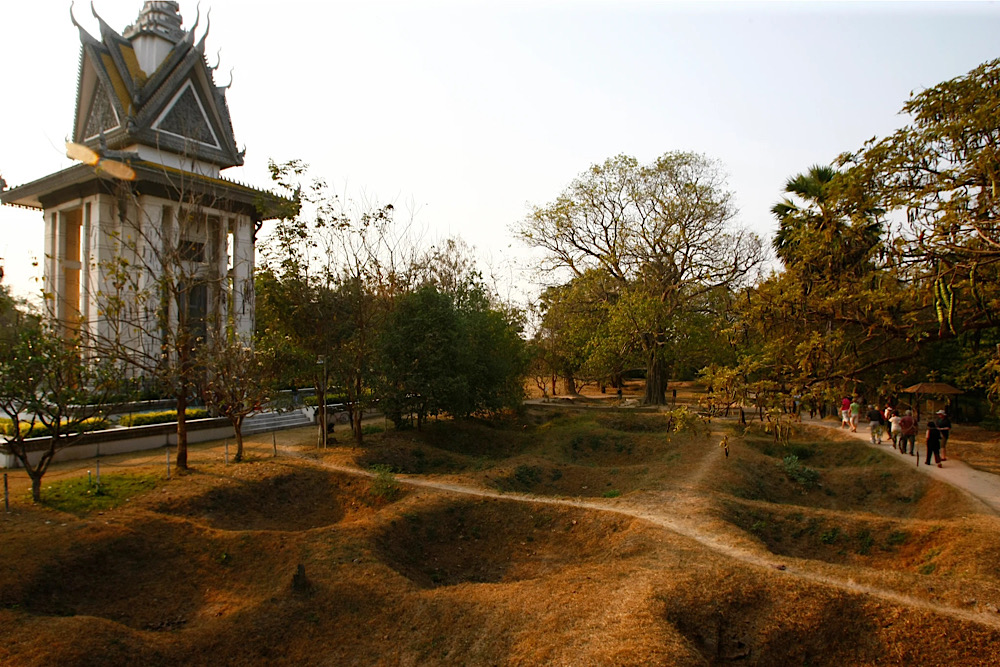

.png)
